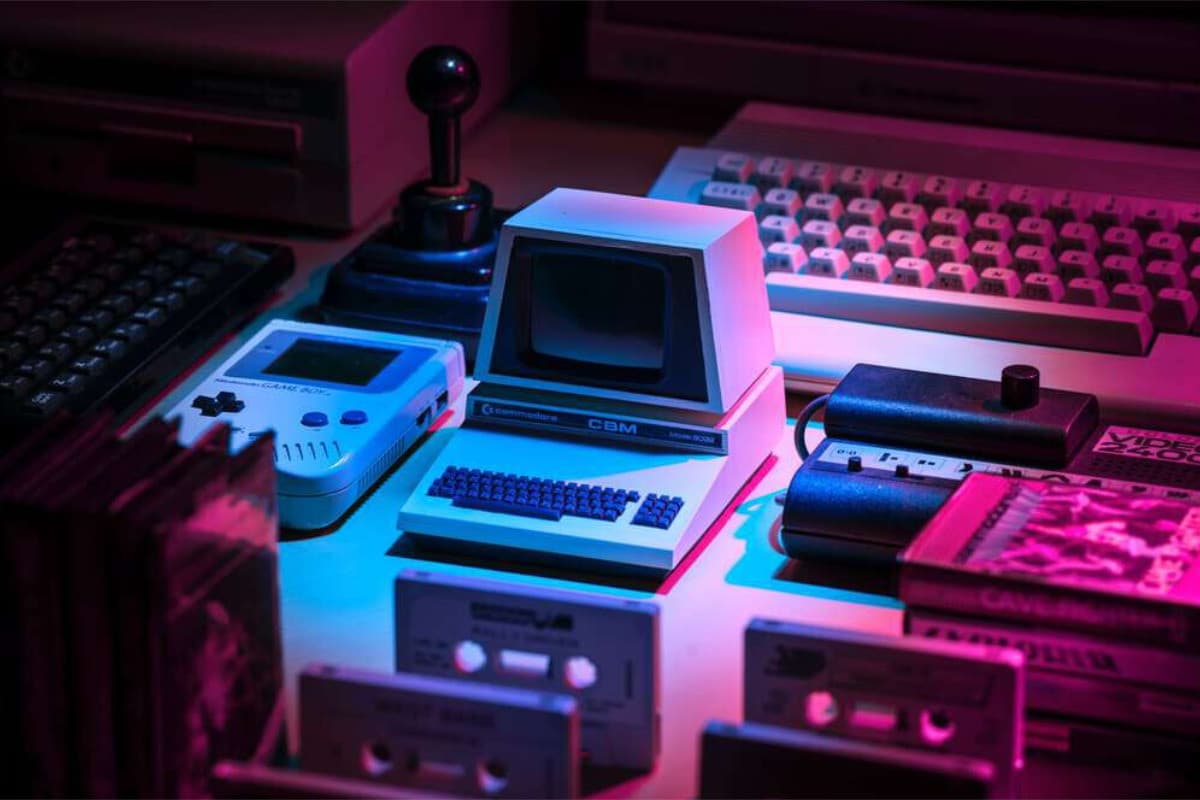Switching to a new device comes with great responsibility, especially in deciding what happens to the old one. According to the Global E-waste Monitor 2020, the world produced 53.6 metric megatons of e-waste in 2019, but only 17 per cent was collected and recycled.
Consumers and businesses, small and large, need to review their personal habits and business processes when it comes to device end of life. As businesses move towards a more sustainable operation, it’s imperative to consider how they can best ensure old IT equipment is responsibly managed at the end of its electronic life.
The good news is that today, businesses have a range of options to them help significantly improve the handling of old electronic devices through a professional Asset Recovery Service.
Here are four reasons why businesses need to give the technology end of life process a second thought:
- Managing the data at end-of-life is as important as managing the hardware.
Many deem data the most valuable resource in the world. Data has enormous value, and ensuring it is securely destroyed can be a complex process.
Businesses and individuals have varying standards for data destruction, and many need to comply with specific government requirements and privacy laws. This is one of the key concerns for businesses when managing data on an older device. Now, however, professional partners are available to help ensure that the data is destroyed in compliance with all relevant standards and that the process and steps taken are reliably documented
2. Choosing a responsible solution is not just for big corporations.
While turning to a service provider to discard devices professionally and safely may seem like something only large corporations can prioritise, product end-of-life management programs are readily available and beneficial to organisations of various sizes.
For example, Lenovo’s product end-of-life management programs can be directly engaged by organisations with as few as 20 devices, while smaller businesses and consumers can work with licensed Lenovo partners who gather end-of-life devices for professional asset recovery.
Similarly, large businesses and small businesses and even consumers can now choose to offset the carbon emissions of their new electronic devices at a minimal cost through services like Lenovo’s carbon offset.
3. Landfill and recycling aren’t the only options
More often than not, devices that come through the asset recovery process are still operating at an acceptable level. Therefore, there is the opportunity to give these devices a second lease on life.
This includes the devices returning to the economy as second-hand devices; being recycled and reclaimed, or using some of their parts to refurbish and repair other machines.
4. Purchasing new devices made from recycled materials helps the “virtuous cycle” of material recovery and reuse.
Professionally recovered equipment can be broken down into excellent raw materials, which can then be confidently used by manufacturers to produce high-quality new devices.
By 2025, 100 per cent of Lenovo’s PC products will contain post-consumer recycled content, using 300 million pounds (136 million kg) of post-consumer recycled plastics in the production of new devices. With the increasing demand for products that contain recycled materials, the value and market for these materials is also growing.
For business leaders, having a plan to smoothly transition between devices can help boost daily operations. A service provider that fits well with a business should know the ins and outs of device disposal and the compliance required in the market while also offering options for recycling, possible remarketing and donation. This way, an IT changeover for the business is also now an opportunity to contribute to the health of the environment.
Read more: How to successfully manage IT asset disposition
Keep up to date with Dynamic Business on LinkedIn, Twitter, Facebook and Instagram.

